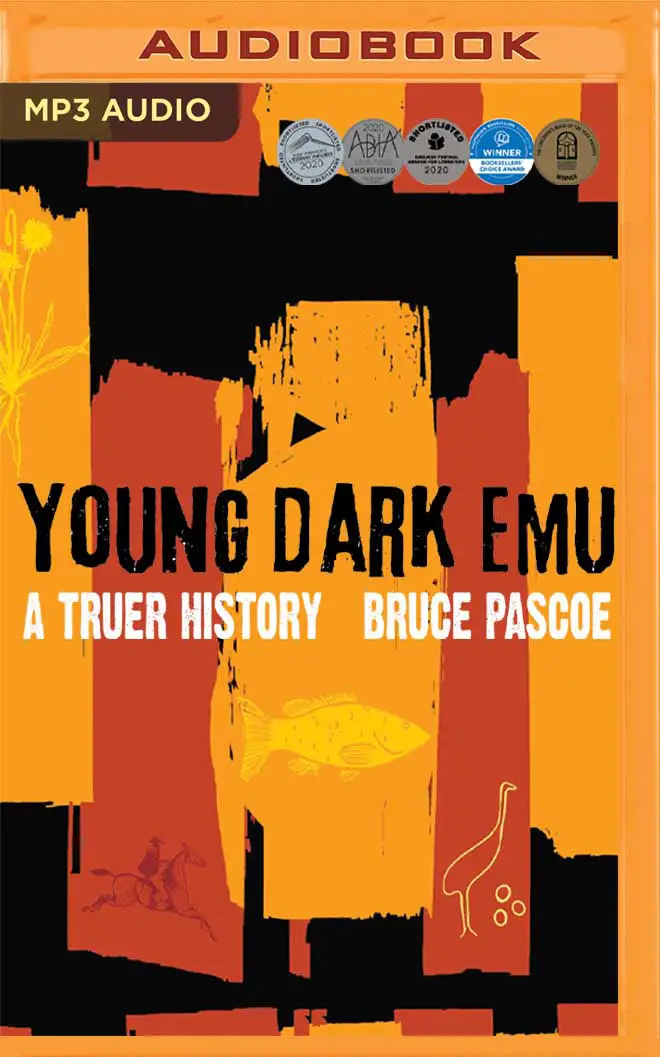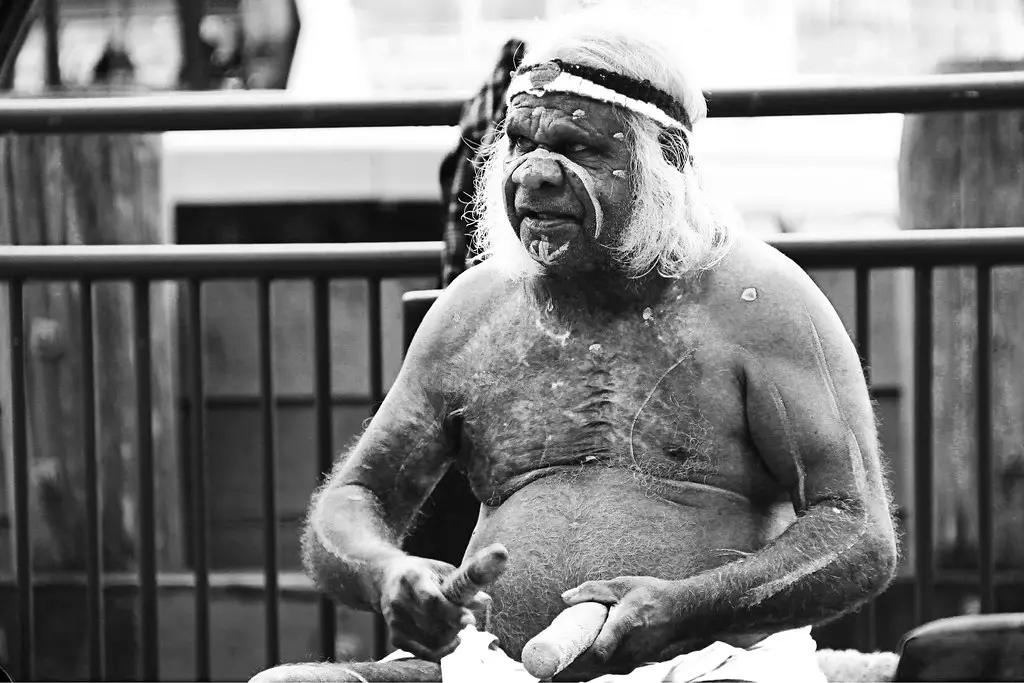I want to promote Indigenous Literacy Day as an opportunity for Americans and the broader international community to learn more about Australian Indigenous literature. And as an Aussie living in the USA, I hope this blog post encourages you to buy a few books online. You won’t regret it!
Related: The Indian Publishing Industry: For Love or Money?
Even better, if you sell books, I hope you’ll consider stocking and promoting books by Indigenous authors and illustrators.
Why Indigenous Literacy?
Professor Jack Beetson, Executive Director of the Literacy for Life Foundation, and an Indigenous Ngemba man, has some very direct words to say about indigenous literacy in Australia:
The Australian education system has failed Aboriginal people at every turn; more than half of all Aboriginal adults have low levels of English language literacy.
That means the majority of people in our communities are struggling to read dosage information on medicines. They can’t get a driver’s license. It can be difficult to get a job.During COVID lockdowns I despaired when people were being asked to home-school their kids. How can you do that when you struggle to read yourself? More and more services are moving online and as a result people with low literacy are being left further behind.
When you can’t read and write, challenges keep compounding. And they are intergenerational.
A parent’s level of education is one of the most critical factors influencing how well a child does at school. The children of people with low literacy become the next generation of adults with low literacy. And on it goes. There are exceptions, of course, but the evidence is overwhelming…
I’ve been involved in the struggle for many years and during Reconciliation Week people often ask me, “How can we make a difference?” The answer, I believe, is adult literacy.
It is critically important because adults who have low literacy in English are making decisions for young people. The best gift you can give an Aboriginal child is a literate mother.
Professor Jack Beetson
I understood very little about the importance of language for First Nations people until I read the astonishing book, Why Warriors Lie Down and Die, by Richard Trudgen. It was hard to put down. The final chapter argues that language is key to enabling indigenous communities to thrive. Look at this research, for example, which demonstrates a 50% reduction in serious offenses among participants who took part in a First Nations adult literacy campaign in rural and remote New South Wales, Australia.

What are some other ways to give voice and self-determination to Australia’s Indigenous people?
Books, of course.
Magabala Books, an Australian Indigenous Publishing House
One of Australia’s premier Indigenous publishing houses, Magabala Books, is a small, independent, and non-profit publishing company. It has nurtured the talent of Australia’s Aboriginal and Torres Strait Islander people since 1984 and was founded at a cultural festival in Ngumpan (in the Kimberley region of Western Australia; follow this link later for a glimpse of this incredibly beautiful place).
Related: Walking BookFairs of India
At that time, hundreds of Aboriginal elders and leaders met at a cultural festival to discuss ways to keep culture strong, and the Kimberley Aboriginal Law and Culture Centre (KALACC) was established. The future of Magabala Books was set in motion.

Magabala has published more than 250 titles since then. Some names to look for include Bruce Pascoe, Alexis Wright, Ali Cobby-Eckermann, Alison Whittaker, Dr. Anita Heiss, Gregg Dreise, Jackie Huggins, and Jasmine Seymour.
As well as publishing, Magabala Books delivers many cultural projects to promote and preserve Indigenous culture in Australia. They:
- Produce new editions of older titles
- Commission new works of significance
- Carry out intergenerational projects like Our World: Bardi Jawi Life at Ardiyooloon
- Record Elders’ stories
Commission of new works has a strategic focus on important cultural stories: to be told from an Aboriginal or Torres Strait Islander perspective. They address gaps in the education sector and provide developmental support for authors and illustrators.
And they are cogent with the time-critical nature of recording Elders’ stories and fulfilling intergenerational projects.
An example is the stunning book Yornadaiyn Woolagoodja, a cultural biography of Kimberley artist Yorna Woolagoodja, who is also Chairman of the Mowanjum Aboriginal Art and Culture Centre. Magabala Books published this in 2020 with support from the Cultural Fund.
How can you connect with Australia’s National Indigenous Literacy Day?
There is a National Indigenous Literacy Day Event, and you can register here: (this is the Sydney Opera House events page…keep in mind the potential timezone differences!).

This is what you can expect from this event:
A lively group of children in remote Milikapiti and Jilkminggan in the Northern Territory joyfully share their Stories, Cultures, and Languages.
Excitedly, they respond to an unexpected call from ILF Ambassador and music icon, Jessica Mauboy, and proudly teach her a well-loved song in Tiwi and Mangarrayi before ILF Ambassador, author, and performer, Gregg Dreise sings the song in Gamilaraay Yuwaalaraay. Audiences will be encouraged to stretch and bend and sing in three different languages from three different places!
Of course, all this hard work builds an appetite and the children head off to hunt for food in the nearby waters before a well-earned fire-side feast.
Audiences of all ages will delight in this magical story led by children, sharing a snippet of life in remote Australia and the richness and diversity of First Nation peoples’ cultures, languages, and stories.
Indigenous Literacy Foundation
It’s brought to you by the Indigenous Literacy Foundation (ILF). This non-profit organization promotes Indigenous literacy, and it might seem obvious what that means, but it’s worth examining more carefully. ILF explains:
Literacy provides a fundamental step of building context, comprehension and understanding, whether it is written, visual or auditory. For kids who miss that foundational step in their literacy journey, it has a lifelong impact.
In remote Communities across Australia there is often no infrastructure such as libraries or bookstores. Access to reading material is extremely limited and this impacts the achievements of Indigenous children.
Indigenous Literacy Foundation
There are three programs that the ILF runs. The first is Book Supply, which sends new, culturally relevant books to remote communities across Australia. And 40% of these books are by indigenous authors and illustrators. You can donate here to support this program.
The Book Buzz program promotes engagement with books for children under five by facilitating daily Story Time sessions.

Finally, their Community Publishing Projects (CPP) supports the publishing of Indigenous books, many of which are in First Languages. By the way, in Australia, there are more than 250 indigenous languages, and around 800 dialects. Most of these CPP book projects are not for sale but are distributed in the relevant community.
Have you read any books by Indigenous authors from Australia?
If so, do you have any recommendations?
If not, please buy one and start your journey of learning about them!
